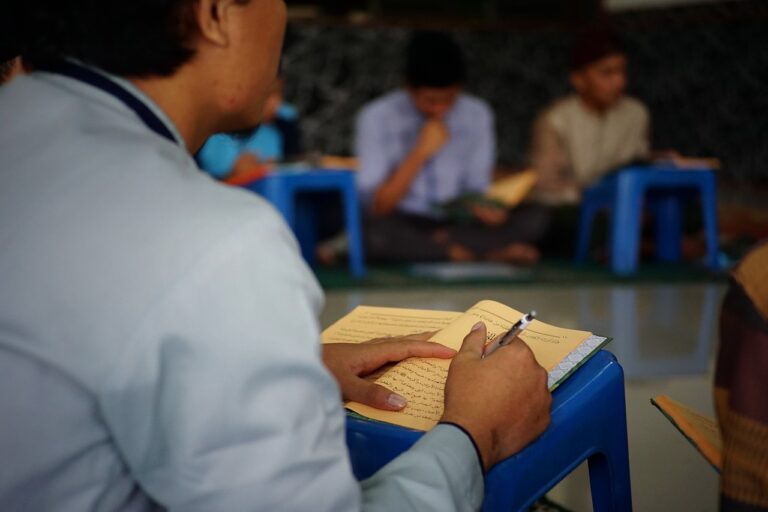Analyzing the Effectiveness of Flipped Classroom Models
In a flipped classroom model, the primary component is the pre-recorded video lectures that students can access prior to the class session. These videos should cover the essential topics that will be discussed in class, allowing students to come to class prepared with a foundational understanding. Additionally, in-class time is utilized for engaging activities, discussions, and hands-on learning experiences that deepen students’ understanding of the concepts presented in the videos.
Another key component of the flipped classroom model is the incorporation of technology to facilitate learning both inside and outside the classroom. Teachers often use online platforms to deliver content, assign homework, provide resources, and communicate with students. This digital aspect of the model enables students to access materials at their own pace, rewatch videos for clarification, and engage in interactive online activities that support their learning goals.
Benefits of Flipped Classroom Models
In a flipped classroom model, students engage with new material independently before coming to class. This approach allows for more active learning during face-to-face sessions, as students can ask questions and collaborate on challenging concepts. By shifting the traditional lecture to outside the classroom, teachers have more time to focus on hands-on activities, discussions, and individualized attention during class time. This dynamic learning environment fosters higher student engagement and deeper understanding of the material.
Furthermore, the flexibility of a flipped classroom model accommodates different learning styles and paces. Students have the opportunity to review videos or online resources multiple times at their own pace, ensuring that they grasp the content before class discussions or activities. This personalized learning approach can lead to improved academic performance, increased retention of information, and enhanced critical thinking skills. Ultimately, the benefits of a flipped classroom model align with the goal of creating a more student-centered and effective learning experience.
Challenges of Implementing Flipped Classroom Models
Implementing flipped classroom models often poses challenges for educators due to the shift in traditional teaching methods. One of the main obstacles is the need for instructors to create engaging pre-recorded materials that effectively deliver content outside of the classroom. This demands a significant time investment and a high level of technological proficiency, which can be daunting for teachers who are not accustomed to using digital tools extensively in their teaching practice.
Furthermore, ensuring that all students have access to the necessary technology and internet connection at home can be a major challenge. Disparities in access to technology and digital literacy skills among students can widen existing achievement gaps and hinder the effectiveness of a flipped classroom model. Educators must find ways to accommodate students who may not have reliable internet access or devices, which requires additional resources and support from schools and districts.
What are the key components of a flipped classroom model?
The key components of a flipped classroom model include pre-recorded lectures or materials for students to review outside of class, in-class activities and discussions that reinforce the material, and opportunities for individualized instruction and support.
What are some benefits of implementing a flipped classroom model?
Some benefits of a flipped classroom model include increased student engagement and participation, more personalized learning experiences, and the ability for students to learn at their own pace.
What are some challenges that educators may face when implementing a flipped classroom model?
Some challenges of implementing a flipped classroom model include ensuring that all students have access to the necessary technology and resources, managing students’ time and motivation to engage with pre-class materials, and balancing the workload for both students and teachers.







